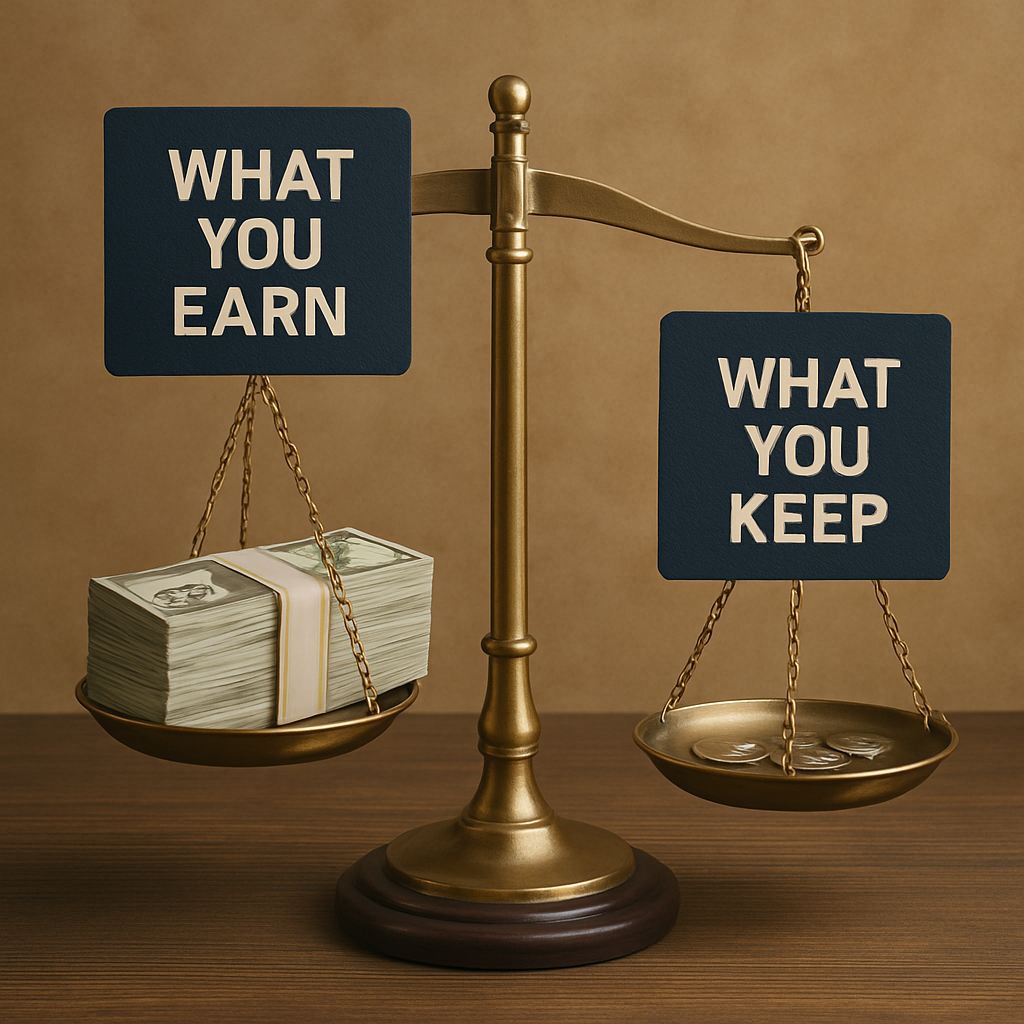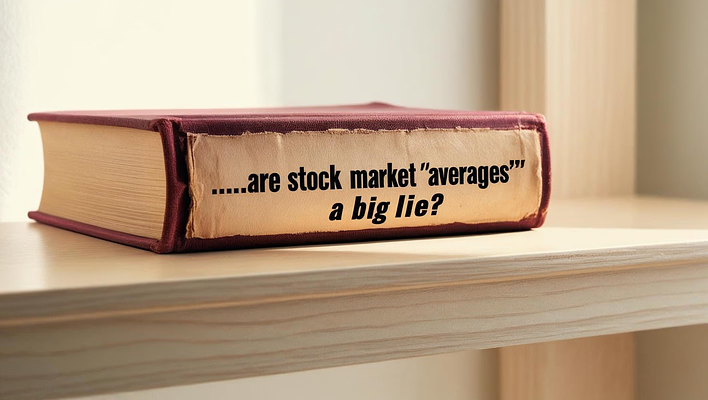For decades, we’ve been told: “Max out your 401(k)! Contribute to your IRA! Get that tax deduction!” It’s long been considered the foundation of responsible retirement planning. We watch our balances grow from contributions, employer matches, and market gains, feeling confident we’re doing the right thing.
But what if this well-accepted advice hides a dangerous flaw? What if the very accounts designed to secure your future are actually setting you up for a tax shock in retirement?
Financial strategist David McKnight, author of The Power of Zero, warns of a looming “retirement tax bomb”—a hidden threat buried inside tax-deferred accounts like 401(k)s and IRAs. These may become the government’s easiest target just when you need your money the most.
This article explores the retirement planning risks tied to traditional 401(k)s and IRAs, the potential backfire of tax deferral, and why understanding tax-deferred vs. tax-free strategies is critical for securing your financial future.
The Sweet Lure of Tax Deferral
The appeal of 401(k)s and IRAs is undeniable. The upfront tax deduction feels like an immediate win. Watching your investments grow tax-deferred can accelerate compounding. Add in an employer match—often called “free money”—and the temptation to contribute grows stronger. The simplicity of “set it and forget it” saving appeals to many.
But here’s the issue: all that focus on upfront benefits often ignores the bigger question—what happens when you retire and begin withdrawing? Those withdrawals are subject to 401(k) taxes and IRA taxes, potentially at much higher rates than today.
The Gathering Storm: Why Future Tax Rates Are Likely Going Up
In The Power of Zero, David McKnight points to a sobering reality: the U.S. government has massive unfunded liabilities—trillions in promised payments for Social Security and Medicare—and an enormous national debt.
His conclusion? Future tax rates are almost certain to rise.
The historically low rates we enjoy today may not last. If you knew your household expenses were about to spike, wouldn’t you adjust your financial plan now? Ignoring the risk of rising future tax rates is like budgeting for retirement with today’s prices, knowing full well inflation will drive them up.
The Retirement Tax Bomb: When Deferral Becomes a Liability
This is where traditional retirement accounts may become a liability.
Every dollar withdrawn from a 401(k) or traditional IRA is taxed as ordinary income—and it’s taxed at whatever rates exist at the time you retire. If rates rise, so does your tax bill.
Many assume they’ll be in a lower bracket after retiring. But that doesn’t account for losing deductions like mortgage interest and child tax credits. And if tax rates rise across the board, even lower brackets could cost you more than expected.
Worse, 401(k) and IRA withdrawals count as “provisional income” when calculating taxes on Social Security. Withdraw too much, and up to 85% of your Social Security benefits can also become taxable—a double tax hit.
Why is this “low-hanging fruit” for the government? Because tax-deferred accounts hold trillions of untaxed dollars. When revenue is needed, these accounts are an easy target.
What Could Higher Taxes Cost You?
Let’s say a retiree needs $60,000 in annual income. If their effective tax rate is 15%, they’d need to withdraw about $70,600 from an IRA. But if tax rates increase and their effective rate hits 30%, they’d need to withdraw over $85,700 for the same $60,000 take-home income.
That’s more than $15,000 extra withdrawn—just to cover taxes. And it drains savings faster.
The biggest problem? Uncertainty. You’re saving for decades, but future tax rates will be determined by politicians, long after you’ve made your plan.
Shifting to Certainty: The Power of Tax-Free
If relying on tax-deferred accounts feels like a gamble, how can you create more financial certainty?
By prioritizing tax-free income.
That means understanding the difference between tax-deferred vs. tax-free strategies. With Roth IRAs and Roth 401(k)s, you pay taxes upfront, but your qualified withdrawals are completely tax-free in retirement.
Other strategies include properly structured cash value life insurance, as discussed by experts like Patrick Kelly and Jake Thompson, which can grow tax-free and offer tax-free access through policy loans.
These options offer control. You eliminate the guesswork of future tax laws and keep more of your money.
Conclusion: Defuse Your Potential Retirement Tax Bomb Today
Blindly maxing out tax-deferred accounts may not be the safest strategy anymore. The combination of rising future tax rates, taxable withdrawals, and the impact on Social Security could turn your biggest asset into your biggest liability.
David McKnight’s warning in The Power of Zero is clear: don’t leave your retirement vulnerable to tax uncertainty.
Now is the time to diversify. Review how much of your retirement savings is exposed to future tax hikes and consider strategies that offer tax-free income.
Is your retirement vulnerable to the ticking tax bomb? Let’s build a plan that gives you certainty and control. Contact Dawn O’Brien for a complimentary tax diversification review.
Disclaimer: This article is for informational purposes only and does not constitute financial or tax advice. Please consult a qualified professional before making financial decisions.



